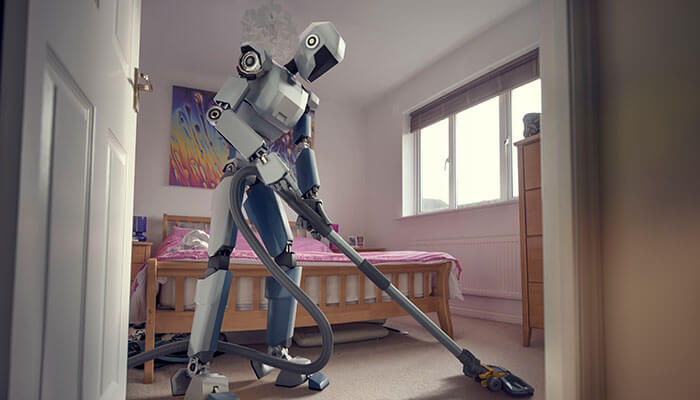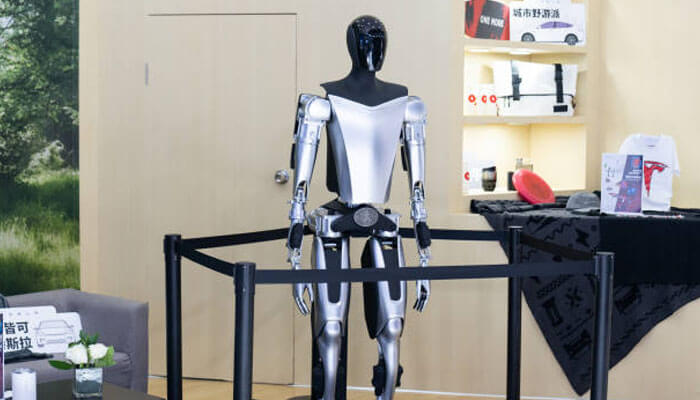Consider the largest possible market for a tangible good. Do you have mobile phones in mind? Autos? Possession? Robot?
According to Geordie Rose, CEO of Sanctuary AI, “They are all chunky markets, but in the coming decades a new product will be rolled out that will dwarf those giants.”
When Phoenix, a humanoid robot being developed by a Vancouver-based company, is finished, it will be able to understand our desires, comprehend how the world functions, and obey our commands.
In the context of business and technology, the labor market represents the longest-running total addressable market ever recorded. All of the things we desire are completed,” he declares.
He clarifies that statement before we get ahead of ourselves, saying, “There is a long way to go from where we are today.”
Mr. Rose declines to provide an estimate of how long it might take a robot to clean the bathroom or do your laundry in your home. Nonetheless, some in the industry with whom I have spoken say it might happen in ten years.
The technology is being developed by numerous other companies worldwide.
Elon Musk’s electric vehicle company, Tesla, is arguably the most well-known brand in the industry.
It is developing the Optimus humanoid robot, which according to Elon Musk may be available for purchase in a few years.
We’ll wait and see if that proves to be the case. For now, all we can say is that advances in artificial intelligence are driving a faster pace of development for humanoid robots.
At the current rate of technological advancement, ten years seems like an eternity. The field of artificial intelligence is seeing new breakthroughs every month that amount to a fundamental shift, according to Mr. Rose, a theoretical physicist by training who previously started a quantum computing startup.
When a potent version of ChatGPT was made available to the public late last year, interest in AI surged in the general public. Due to its capacity to produce a wide range of helpful text and images, competitors have emerged, and interest in AI technology has surged.
When a potent version of ChatGPT was made available to the public late last year, interest in AI surged in the general public. Due to its capacity to produce a wide range of helpful text and images, competitors have emerged, and interest in AI technology has surged.
However, creating the AI necessary for a robot to carry out beneficial tasks is a distinct and more challenging task.
Humanoid robots, in contrast to ChatGPT and its competitors, must navigate the real world and comprehend how objects relate to one another.
If those obstacles are surmounted, though, is it possible that humanoid robots will begin to replace humans in certain jobs?
As Mr. Rose notes, there is a labor shortage in many nations, and his robots may eventually take up those jobs.
It will be seen how the labor shortage will be filled by AI and robotics. It will impact upon the working style of the coming generation to a greater extent.



